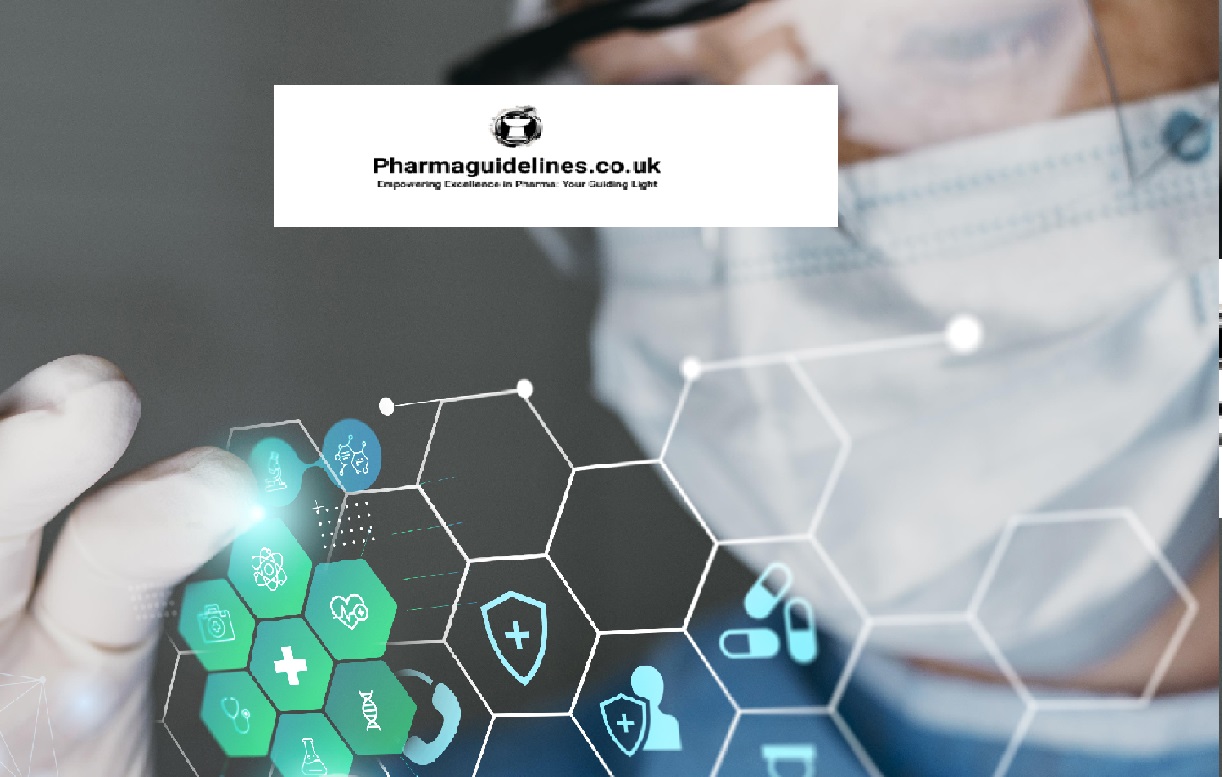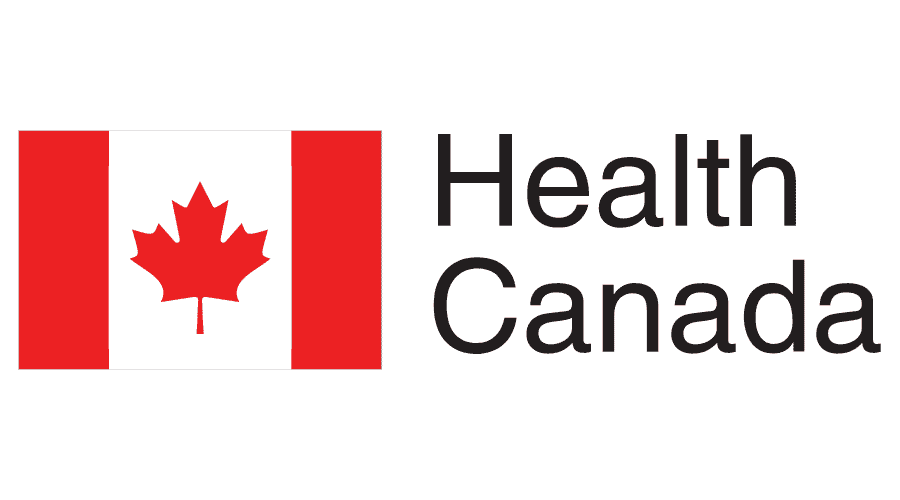Pharmaceutical R&D
Pharmaceutical research and development (R&D) refers to the process of discovering, designing, developing, and testing new drugs or therapeutic interventions. It involves a multidisciplinary approach that combines scientific knowledge, technological advancements, and regulatory considerations to bring safe and effective medicines to patients.
In pharmaceutical R&D, researchers and scientists work to identify potential drug targets, develop innovative molecules or compounds, conduct preclinical studies to assess safety and efficacy, and progress to clinical trials involving human subjects. The goal is to demonstrate the therapeutic benefits and safety profile of the drug candidate, leading to regulatory approval for commercialization.
Pharmaceutical R&D encompasses various stages, including target identification and validation, lead compound optimization, formulation development, preclinical testing, clinical trials, regulatory submissions, and post-market surveillance. It involves collaborations between researchers, clinicians, regulatory authorities, and industry partners to ensure the highest standards of research integrity, patient safety, and regulatory compliance.
The ultimate objective of pharmaceutical R&D is to address unmet medical needs, improve patient outcomes, and contribute to the advancement of medical knowledge. It plays a vital role in discovering and developing new treatments, advancing healthcare innovations, and positively impacting public health on a global scale.
The formulation development department in the pharmaceutical industry is a specialized division that focuses on the development and optimization of drug formulations. This department plays a crucial role in transforming active pharmaceutical ingredients (APIs) into safe, effective, and stable dosage forms that can be administered to patients.
The main objective of the formulation development department is to create pharmaceutical formulations that meet the desired criteria for efficacy, safety, stability, and patient acceptability. This involves selecting appropriate excipients (inactive ingredients) and designing the optimal drug delivery system for a given API.
The formulation development department conducts extensive research and testing to develop various dosage forms such as tablets, capsules, liquids, injectables, creams, and patches. The team explores different techniques, technologies, and processes to enhance drug solubility, bioavailability, and stability while ensuring controlled release, targeted delivery, or other desired characteristics.
Top 33 Interview Questions
Preparing for an interview in the field of pharmaceutical research and development requires a solid understanding of the industry and its intricacies. To help you in your interview preparation, we have compiled a list of 35 essential questions and answers that cover various aspects of pharmaceutical research and development. Whether you are a candidate or an interviewer, this comprehensive list will assist you in evaluating skills, knowledge, and expertise in this dynamic field.
- Can you explain your experience in pharmaceutical research and development?
- I have worked in pharmaceutical research and development for five years, focusing on drug discovery and preclinical development.
- What is your understanding of the drug development process?
- The drug development process involves several stages, including discovery, preclinical testing, clinical trials, regulatory approval, and post-market surveillance.
- How do you stay updated with the latest advancements in pharmaceutical research?
- I regularly attend conferences, read scientific journals, and participate in professional development courses to stay up-to-date with the latest advancements.
- What is the significance of preclinical testing in drug development?
- Preclinical testing is crucial as it helps identify potential drug candidates, evaluate their efficacy, and determine their safety profile before moving into clinical trials.
- Can you explain the concept of pharmacokinetics?
- Pharmacokinetics refers to how the body processes a drug, including its absorption, distribution, metabolism, and elimination.
- How do you ensure compliance with regulatory guidelines during drug development?
- I closely follow regulatory guidelines such as those issued by the FDA or EMA to ensure compliance and facilitate a smooth regulatory approval process.
- Can you describe the different phases of clinical trials?
- Clinical trials are conducted in several phases: Phase I focuses on safety and dosage, Phase II evaluates efficacy and side effects, and Phase III involves large-scale testing for safety and effectiveness.
- What is the purpose of bioequivalence studies?
- Bioequivalence studies compare the pharmaceutical equivalence of two formulations of a drug to determine if they produce similar therapeutic effects.
- How do you ensure quality control in pharmaceutical research?
- Quality control is ensured through rigorous testing and adherence to Good Laboratory Practices (GLP) and Good Manufacturing Practices (GMP).
- Can you explain the process of drug formulation?
- Drug formulation involves the development of a dosage form, such as tablets or capsules, with appropriate drug delivery systems and excipients.
- How do you handle unexpected results or deviations during research experiments?
- When unexpected results occur, I analyze the potential causes, repeat experiments if necessary, and consult with colleagues or supervisors to determine the best course of action.
- What are some of the challenges you have faced in pharmaceutical research and development?
- Some challenges include maintaining research integrity, dealing with limited resources, and adapting to evolving regulatory requirements.
- Can you discuss your experience with assay development and validation?
- I have experience in developing and validating various assays, such as ELISA, PCR, and cell-based assays, to measure drug efficacy and safety parameters.
- How do you ensure the safety of clinical trial participants?
- Safety of participants is ensured through a comprehensive informed consent process, regular monitoring, adverse event reporting, and adherence to ethical guidelines.
- Can you explain the role of pharmacovigilance in pharmaceutical research and development?
- Pharmacovigilance involves the monitoring, detection, assessment, and prevention of adverse effects or any other drug-related problems.
- What strategies do you use to optimize research and development timelines?
- I prioritize tasks, collaborate effectively with cross-functional teams, and utilize project management tools to optimize research and development timelines.
- Can you discuss your experience with patent applications and intellectual property protection?
- I have been involved in drafting and filing patent applications to protect intellectual property and ensure the exclusivity of novel drugs.
- Can you discuss your experience with conducting literature reviews and data analysis?
- I have extensive experience conducting literature reviews to gather relevant information and performing data analysis to draw meaningful conclusions from research findings.
- How do you ensure the ethical conduct of research involving human subjects?
- I strictly adhere to ethical guidelines, obtain informed consent from participants, maintain confidentiality, and ensure the study design is reviewed and approved by an institutional ethics committee.
- Can you explain the concept of target identification and validation in drug discovery?
- Target identification involves identifying specific molecules or biological pathways that play a critical role in a disease. Target validation is the process of confirming the therapeutic potential of the identified targets.
- How do you handle collaboration and communication with cross-functional teams in a research project?
- I prioritize open and effective communication, regularly hold meetings to discuss progress, challenges, and updates, and foster a collaborative environment to ensure smooth teamwork.
- Can you discuss your experience with conducting in vitro and in vivo experiments?
- I have hands-on experience in conducting in vitro experiments using cell cultures and performing in vivo studies on animal models to evaluate drug efficacy and safety.
- How do you ensure data integrity and accuracy in your research work?
- I maintain detailed records, follow standardized protocols, implement quality control measures, and perform data verification and validation to ensure data integrity and accuracy.
- Can you describe your experience with regulatory submissions for investigational new drugs (IND)?
- I have experience in preparing and submitting IND applications, including compiling necessary documentation, conducting risk assessments, and addressing regulatory queries.
- How do you evaluate the potential risks and benefits associated with a new drug candidate?
- I conduct thorough risk assessments, analyze preclinical and clinical data, evaluate safety and efficacy profiles, and consider patient populations to assess the potential risks and benefits.
- Can you discuss your knowledge of Good Clinical Practice (GCP) guidelines in clinical trial management?
- I am well-versed in GCP guidelines and ensure that clinical trials are conducted in compliance with ethical and quality standards, including informed consent, data management, and participant safety.
- How do you approach the optimization of drug dosage and administration schedules?
- I employ pharmacokinetic and pharmacodynamic modeling techniques, analyze data on drug concentration and response, and conduct dose-ranging studies to optimize dosage and administration schedules.
- Can you discuss your experience with drug manufacturing and scale-up processes?
- I have worked closely with manufacturing teams to ensure the smooth transfer of drug candidates from research to large-scale production, addressing process optimization, quality control, and regulatory compliance.
- How do you contribute to intellectual property strategies within a research team?
- I actively participate in patent review and evaluation, collaborate with legal professionals, and contribute to the development of intellectual property strategies to protect novel inventions.
- Can you explain your experience with risk management in pharmaceutical research and development?
- I have experience in conducting risk assessments, implementing risk mitigation strategies, and ensuring compliance with risk management plans to minimize potential hazards throughout the drug development process.
- How do you stay updated with emerging technologies and trends in pharmaceutical research?
- I regularly attend scientific conferences, engage in networking activities, subscribe to industry newsletters, and leverage online platforms to stay informed about emerging technologies and trends.
- Can you discuss your experience with regulatory inspections and audits?
- I have been involved in preparing for and managing regulatory inspections and audits, ensuring that all documentation, processes, and facilities are compliant with regulatory requirements.
- How do you approach the development of research protocols for clinical trials?
- I carefully design research protocols, considering study objectives, inclusion/exclusion criteria, endpoints, and statistical analysis plans.
Frequently asked questions (FAQs) about pharmaceutical research and development
- What is pharmaceutical research and development (R&D)?
- Pharmaceutical research and development (R&D) refers to the process of discovering, designing, developing, and testing new drugs or therapeutic interventions to address unmet medical needs.
- What are the key stages involved in pharmaceutical R&D?
- Pharmaceutical R&D involves several stages, including target identification and validation, lead compound optimization, formulation development, preclinical testing, clinical trials, regulatory approval, and post-market surveillance.
- What is the role of the formulation development department in pharmaceutical R&D?
- The formulation development department focuses on developing and optimizing drug formulations, transforming active pharmaceutical ingredients into safe, effective, and stable dosage forms for patient administration.
- What are the key skills required for a career in pharmaceutical R&D?
- Key skills for pharmaceutical R&D include strong scientific knowledge, research and analytical skills, critical thinking, attention to detail, problem-solving abilities, and familiarity with regulatory guidelines.
- How does pharmaceutical R&D contribute to improving patient care?
- Pharmaceutical R&D plays a vital role in discovering and developing new treatments, advancing medical knowledge, and improving patient care by addressing unmet medical needs and developing safer and more effective drugs.
For more articles, Kindly Click here.
For pharmaceutical jobs, follow us on LinkedIn
For Editable SOPs in word, format contact us on info@pharmaceuticalcarrier.com



